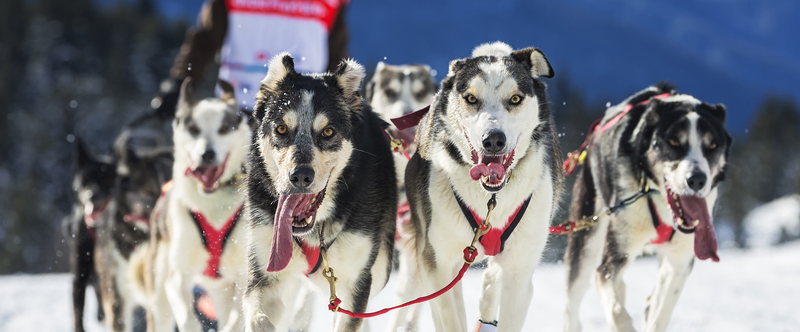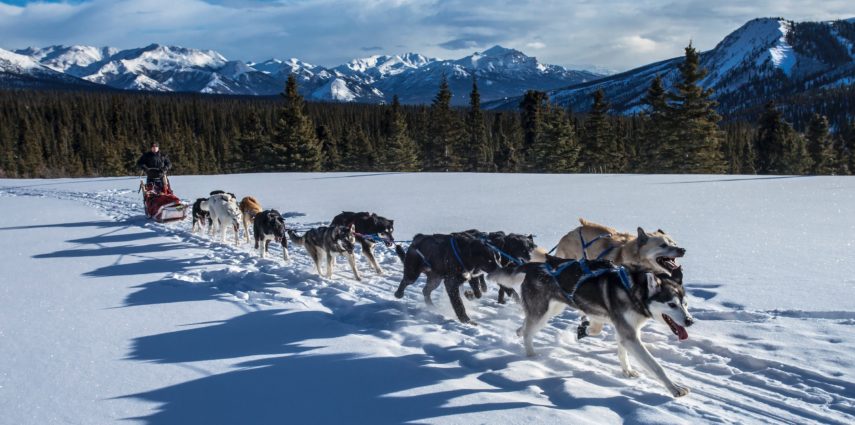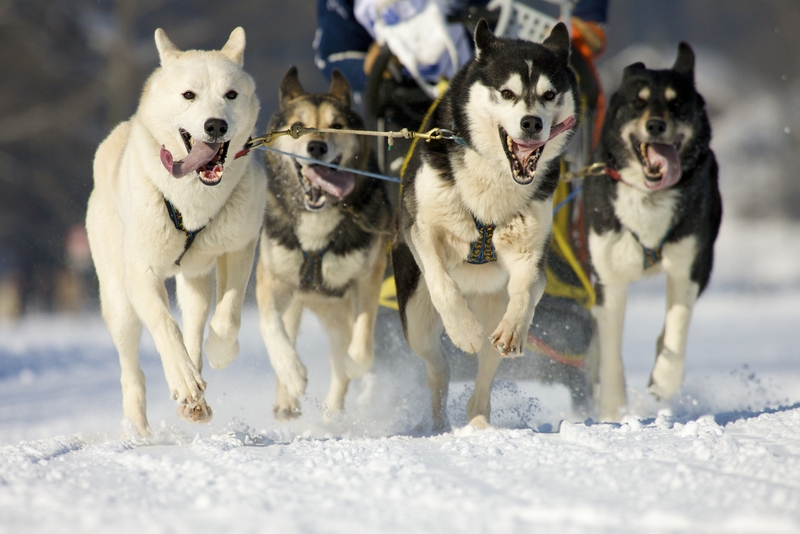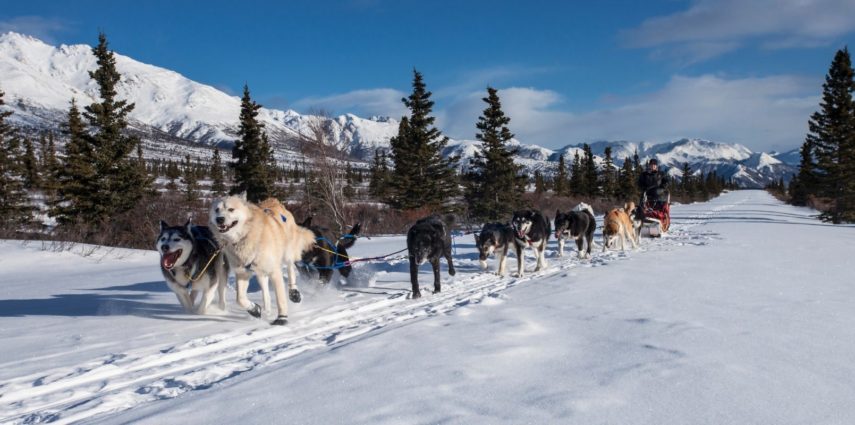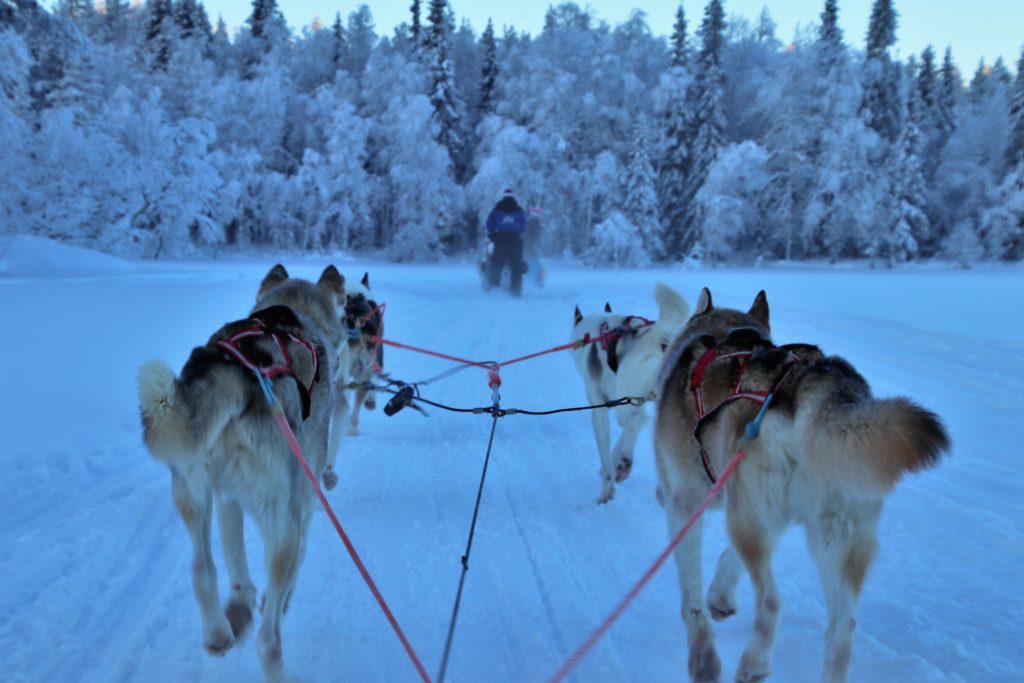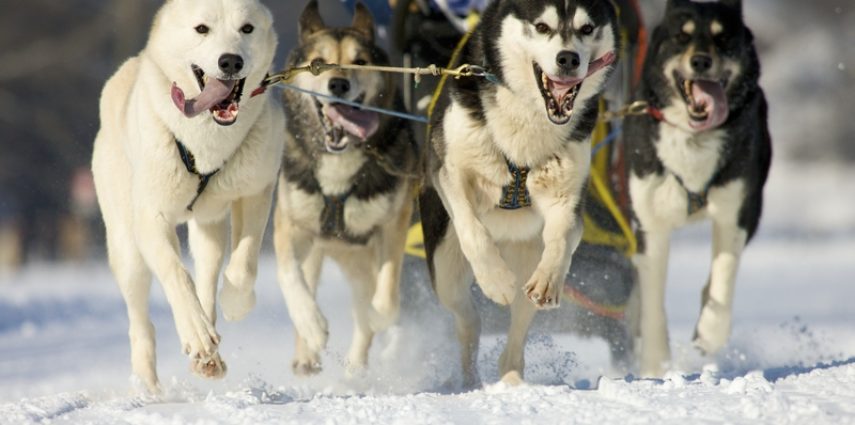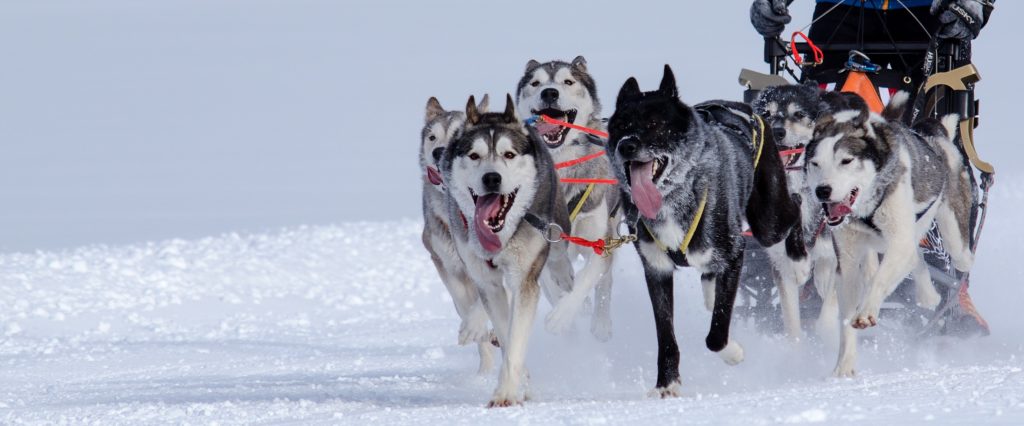How to Consistently Get More Done without Losing Your Mind
You could probably study for the rest of your life—and still never finish all the books, articles, editorials, and contradictory perspectives on how to execute with excellence.
Thankfully you don’t have to sift through it all to find a process that just works.
One of the most helpful—and beautifully simple—leadership processes I learned was from a group of seasoned, Alaskan mushers.
They didn’t have to get fancy or annotate. They got right to the point and shared with me something that not only works for them on the treacherous Iditarod Trail but can work for any leader—on and off the trails.
We called it the R.A.C.E method.
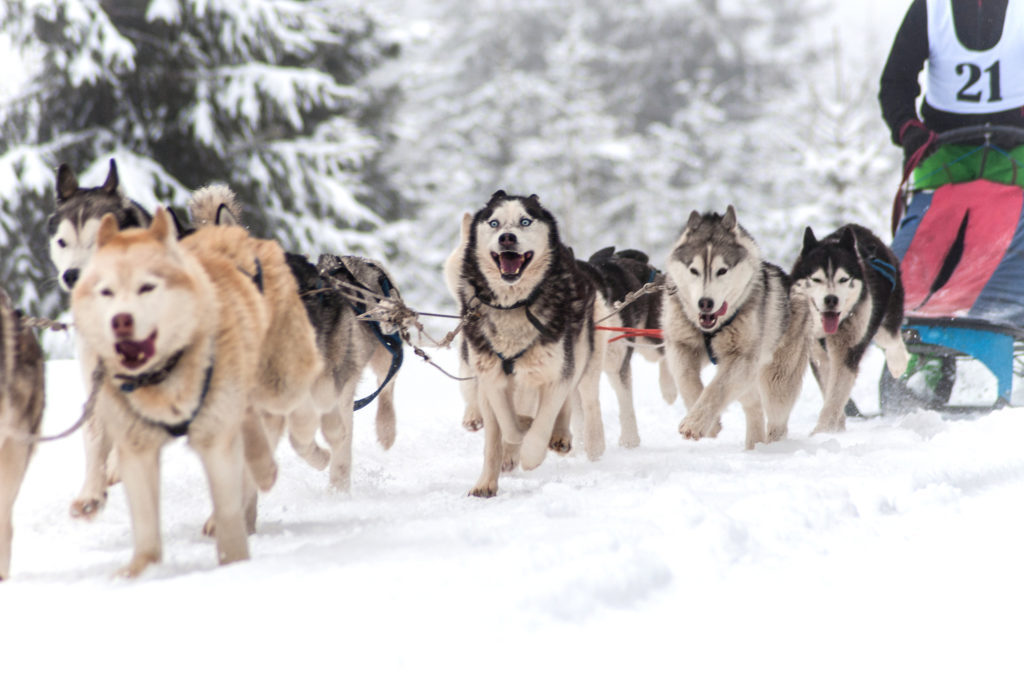
The acronym stands for Ready, Action, Checkpoint, Evolve.
These simple but powerful steps create a process that any leader can apply—for excellent team execution again and again… and again!
Let’s break down the first step: Ready
In this phase, I’ve found three keys to consistent execution excellence—goals, roles, and habits. These are the what, the who, and the how of getting things done.
To get ready, you need to know what you want to achieve, who needs to fulfill which roles, and how you will function in the day-to-day to succeed.
Goals
Setting INSPIRED goals begins with asking these questions:
- Where do you want to end up?
- What is the order of the steps?
- Who does those steps best?
- How much time do you need?
- What are the best in your industry doing?
On the Iditarod trail, mush teams rely on trail markers to let them know how far they’ve traveled and how much longer they have to go.
Even with these markers, some mushers have stopped fifteen minutes from the next checkpoint, because they didn’t realize how close they were to achieving the next goal. In the middle of the action, it’s difficult to tell one snowbank from another.
The same is true for you and your team as you execute.
With your head down in the weeds, you can lose sight of where you are. That’s why you need goals that serve as checkpoints.
The checkpoints do two things. They help people focus on componentized goals and provide built-in celebration points along the way.
Similar to the way the various camps on an Everest ascent provide visual cues to progress, your checkpoints let people measure progress toward achieving results.
As you evaluate your goals in the harsh light of reality, you must consider your team’s ability to deliver on those goals in that time frame, which leads to evaluating the roles needed and who will fill those roles.
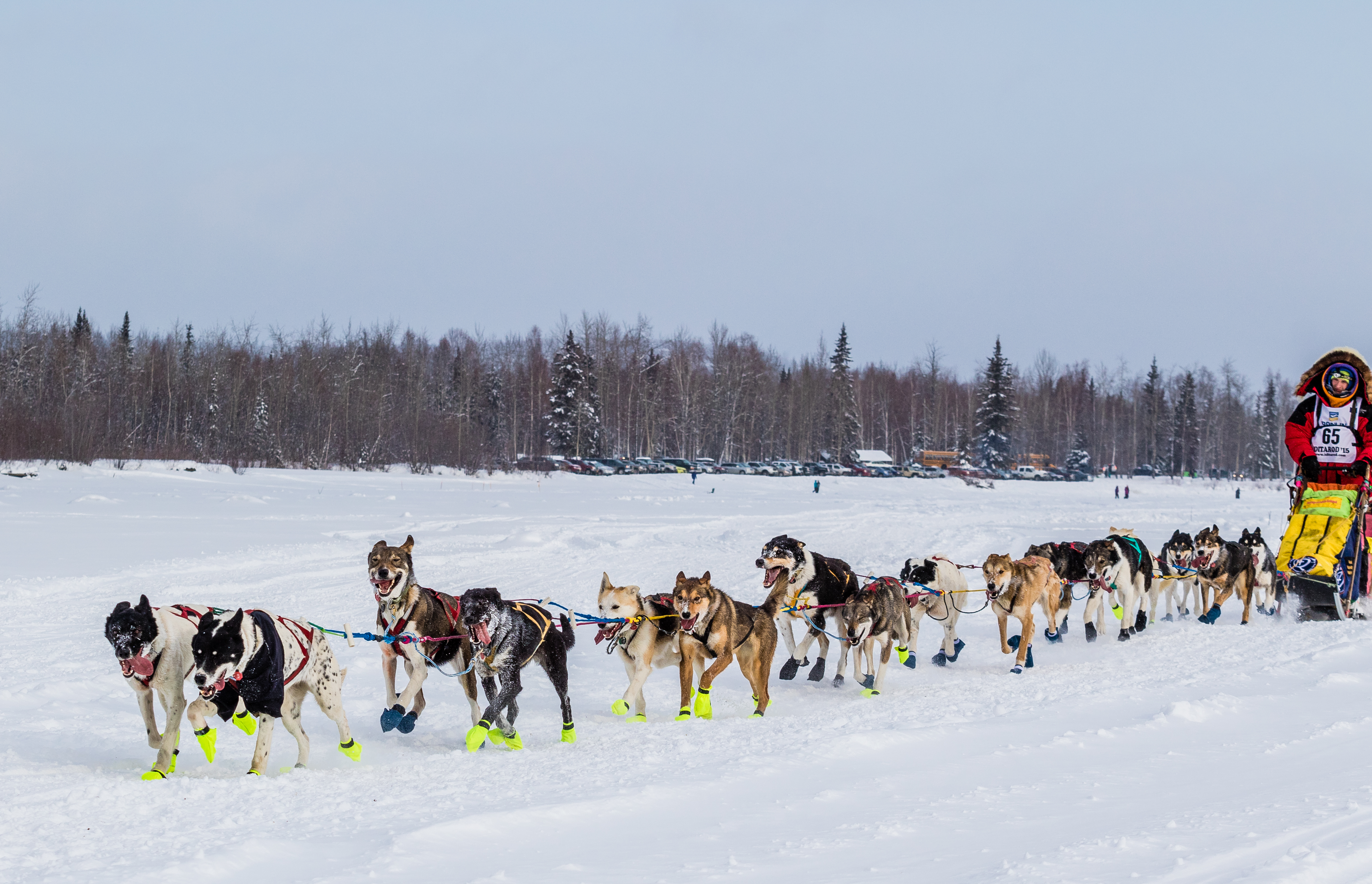
Roles
When you’re clear on your goals and you’ve set checkpoints to monitor progress, then you can start positioning your team for maximum success by examining roles.
I suggest you begin with these questions:
- Who is actually doing and delivering?
- Is everyone crystal clear about roles and responsibilities?
- How does each person contribute to each step?
- What strengths does each person contribute and where will he or she do the best work?
- In light of the role, what weaknesses does each person have and how can these weaknesses be overcome?
- Do you need to add or remove people from the team? Have you first trained them to ensure removal is wise?
Sports teams are only allowed a certain number of players. You too must work within certain constraints such as budget and organizational restrictions.
That’s why it’s so important to have the right team members in place to get the job done.
An offensive lineman may technically be physically able to line up under center, receive the ball, and throw it to a receiver, but that’s not what he’s built for.
In baseball, pitchers are notoriously bad hitters. That’s not why they’re on the team.
The constraints actually help the team by forcing them to put the best players in the roles where they perform the best.
Likewise, constraints help you ensure you put the right people in the right places to win.
That doesn’t mean no one will ever have to do a job they don’t enjoy or step out of their comfort zone, but it does mean that you position each person to be and deliver his or her best.
(A pitcher sometimes has to bunt a run in. Football players sometimes line up differently for a trick play.)
But your team is filled with people who will excel in their areas of expertise—and propel you to excellence—if you ensure they are in the right role.
Habits
Habits have the power to make or break your execution. As James Clear says in Atomic Habits, “You do not rise to the level of your goals, you fall to the level of your systems.”
Nowhere is this reality more apparent than in execution.
You can have the noblest goals but, without systems in place to achieve those goals, you’ll never get off the starting line.
You’ll do what you’ve always done and wonder why you’re getting the same results.
To achieve excellence through execution, you’ve got to manage your own habits and then help your team members manage theirs. It goes back to the DITLO I described earlier—what happens in the Day In The Life Of your team.
So, how do you make the right things habitual for your team? Identify the right things to do, then make them repeatable, sustainable, and scalable. Start by answering these questions:
- What’s the workload?
- Does it come to you segmented or does it need to be compartmentalized?
- Are there trends, patterns, and timing to follow?
- What are the standard operating procedures (SOPs) that lead to successful execution?
- Do they exist by design or by default?
- How effective are they? Are they current?
- Do you know the steps in the process?
- Do you know your strengths and struggles, efficiencies and inefficiencies?
- What are your output expectations?
- Are there checkpoints to ensure you get the outcome you need and provide accountability?
Working through these steps takes time. It’s not flashy, and it’s not always fun.
And that’s why so few do it—and they fail to deliver excellence.
But when you have answers to these questions, you can begin to work them into your DITLO and move to other steps in the process.

Are you ready to RACE with Excellence?
The bottom line is this: preparation is half the battle. Getting RACE-Ready with achievable team goals, clear member roles, and systemized habits will put you three steps ahead of the competition before the starting whistle blows.
These goals, roles, and habits make up the foundation for excellent execution.
You can be intentional, passionate, real, have a heart to serve, and integrate well, but if you fail to execute you’ve failed to do your job.
There’s no substitution for executing with excellence. But if you work the steps with excellence, execution takes care of itself.
If you or your team needs a proven guide to help you plan well in this Ready phase, just reach out.




